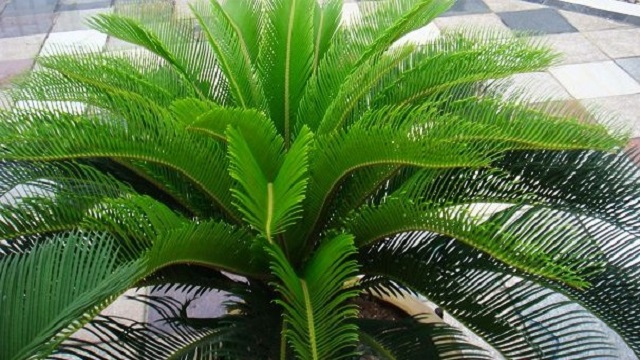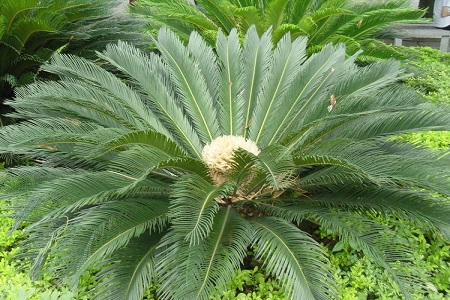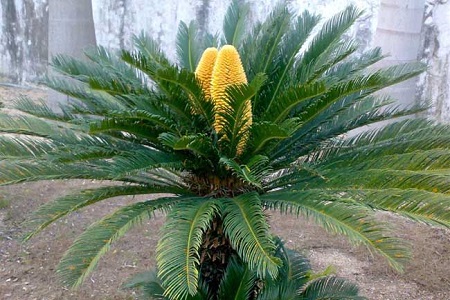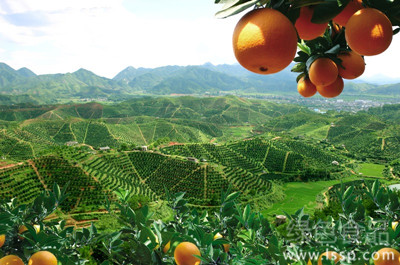The cultivation method and precautions of the iron tree show that it must be raised in this way in order to see it blossom.
Iron trees like warm, humid, sunny and well-ventilated environment, like deep and fertile sandy soil, avoid clay with poor drainage, like ferrous fertilizers, are not resistant to cold, and suffer frost damage when the temperature is below 0 degrees.

Potted iron trees usually change their pots once every 2-3 years. When changing pots, they should add new soil and apply base fertilizer. It is better to apply ferrous sulfate frequently. After changing the basin, put it in the shade for a week and then move to the sun.
1. Soil selection
The adaptability of iron tree is relatively strong, and the demand for soil is not very great, but if you want to cultivate iron tree with good appearance and luxuriant branches and leaves, if you want to enhance the commodity value. Still need to choose the soil with the best growth of iron tree, the soil should have good drainage and irrigation capacity and strong permeability. And it should not be too barren, and the soil should be loose and deep. This kind of soil is the most suitable for iron tree growth.
2. Control lighting
Iron tree is very fond of light, although lack of light will not lead to the death of iron tree, but it will also hinder the growth of new leaves, insufficient number, sparse and thin leaves, poor color. Therefore, in the process of breeding, we must ensure that each iron tree can receive light evenly and ensure sufficient light time and intensity. Especially in spring and autumn, because these two seasons are the key periods for iron trees to grow new leaves. Lack of light affects the value of goods, resulting in a decline in economic benefits.

3. Rational watering
The growth of iron tree has less demand for water and is not suitable to grow in a humid environment. When the soil is completely dry and then watering is not too much, if too much water is added, resulting in waterlogging in the garden, the iron tree will have rotten roots and leaves. Water is watered about once every four days in spring and autumn. It is relatively dry when the temperature is high in summer, so it needs to be watered twice a day. In winter, on the contrary, the watering frequency can be increased to 10 days.
4. Timely fertilization
Although the iron tree is an ornamental plant, but the demand for nutrition is also very large, in the growing period of iron tree, we must do a good job of topdressing. Fertilizer is mainly nitrogen, phosphorus and potassium, pay attention to the amount of fertilizer, should not be overapplied, and follow the principle of more and less application. It can effectively improve the color and luster of leaves, and it is also easy to add an appropriate amount of ferrous sulfate to fertilizer, which is also conducive to the growth of leaves. Improve the value of ornamental commodities and further improve the economic benefits of breeding.

5. Timely pruning
The iron tree has a strong growth ability, and it will grow new leaves at least twice a year, if not pruned properly. Iron tree leaves will be disorganized, without any ornamental, resulting in a serious decline in the value of goods. Therefore, in order to ensure the beautiful appearance of the iron tree and enhance the commodity value, the dead leaves and old leaves of the iron tree should be cut off every year to control the over-dense and long branches and leaves. The specific pruning situation is determined according to the growth of the iron tree, and the main purpose is to keep the iron tree growing symmetrical, beautiful appearance and improve value.
The leaves of the iron tree are very hard, the disease resistance is relatively strong, and the incidence of diseases and insect pests is low. But there will still be pests, such as shell insects is one of them, after the discovery of insect pests can be used artificial pest control, if more serious, the appropriate use of ferrous sulfate diluent and other agents for spray control. That's all for today's introduction. This article is for reference only. Thank you for your reading and support.
Related
- Fuxing push coffee new agricultural production and marketing class: lack of small-scale processing plants
- Jujube rice field leisure farm deep ploughing Yilan for five years to create a space for organic food and play
- Nongyu Farm-A trial of organic papaya for brave women with advanced technology
- Four points for attention in the prevention and control of diseases and insect pests of edible fungi
- How to add nutrient solution to Edible Fungi
- Is there any good way to control edible fungus mites?
- Open Inoculation Technology of Edible Fungi
- Is there any clever way to use fertilizer for edible fungus in winter?
- What agents are used to kill the pathogens of edible fungi in the mushroom shed?
- Rapid drying of Edible Fungi



